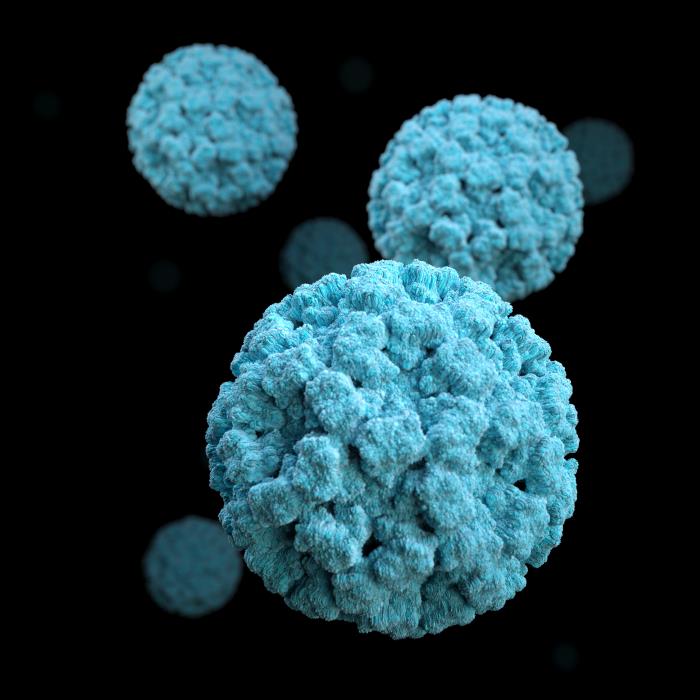Can I Sue for Norovirus?
Yes, if your case of norovirus can be linked to a restaurant, cruise ship or similar venue, you can sue the company for compensation. You can contact our law firm for a free consultation.
Discovery of This Virus

Norovirus, formerly known as Norwalk Virus, was discovered and named after a gastrointestinal illness outbreak in Norwalk, Ohio, in 1972. Like all other viruses (and unlike bacteria) it is extremely small and invades the cells of the human body to replicate itself using the cell’s own material.
Viral Gastroenteritis
Norovirus can cause a condition called viral gastroenteritis. It is most likely that you or someone in your family has had viral gastroenteritis at some point.
Symptoms include the following:
- nausea
- diarrhea
- vomiting
- abdominal pain
- headache
- low-grade fever.
Norovirus and viral gastroenteritis get lumped in with a lot of other illnesses that are called “the stomach flu.” Most often, an infection is mild and brief. Symptoms usually occur one to two days after initial infection and last from twenty-four to sixty hours.
In rare cases, an individual with this illness will have severe symptoms that make it difficult to maintain proper hydration. At times, these severe cases may require hospitalization. Young people, the elderly and people with weak immune systems are most susceptible to severe symptoms.
The common cold is the only illness more common than viral gastroenteritis, and it is estimated that norovirus causes one-third of all gastroenteritis cases. The Centers for Disease Control estimate that as many as 23 million people in the U.S. have a viral gastroenteritis illness each year.
Serious Complications
- Swelling of the brain (cerebral edema). Sometimes, when you’re getting fluids again after being dehydrated, the body tries to pull too much water back into your cells. This can cause some cells to swell and rupture. The consequences are especially grave when brain cells are affected.
- Seizures. Electrolytes — such as potassium and sodium — help carry electrical signals from cell to cell. If your electrolytes are out of balance, the normal electrical messages can become mixed up, which can lead to involuntary muscle contractions and sometimes to a loss of consciousness.
- Low blood volume shock (hypovolemic shock). This is one of the most serious, and sometimes life-threatening, complications of dehydration. It occurs when low blood volume causes a drop in blood pressure and a drop in the amount of oxygen in your body.
- Kidney failure. This potentially life-threatening problem occurs when your kidneys are no longer able to remove excess fluids and waste from your blood.
- Coma and death. When not treated promptly and appropriately, severe dehydration can be fatal.
Transmission of Illness
Although the human intestine is the only known natural environment of norovirus, it can flourish nearly anywhere. Hospitals and nursing homes are among the most common places for infections due to person-to-person contact with infected people.
This illness is transmitted from one person to another via unwashed hands, vomiting or by other means. In many cases, people get the virus by swallowing water or food that has become contaminated with stool from someone who is infected. The food most commonly associated with outbreaks is shellfish. Clams, oysters and other shellfish can become contaminated from raw sewage dumped by boaters. Water, ice, produce and ready-to-eat foods are also common sources of infection.